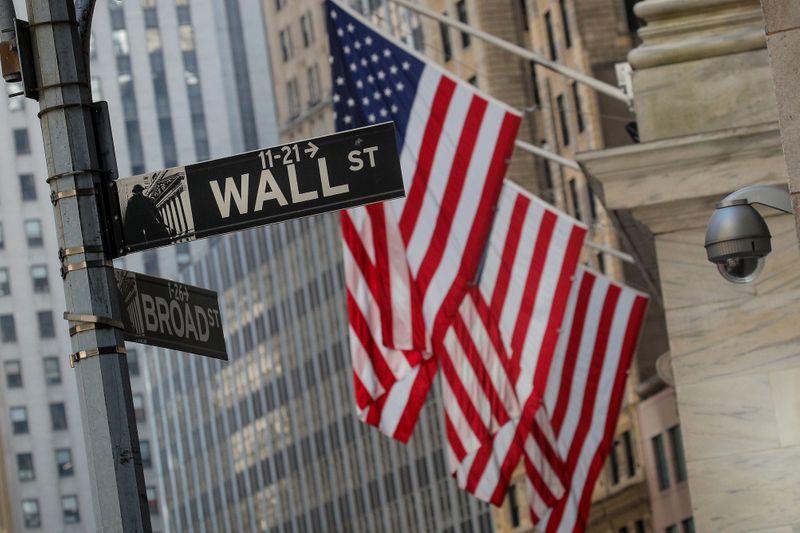Investing.com– U.S. stock index futures fell in evening deals on Tuesday, with heavyweight technology stocks remaining fragile in anticipation of earnings from Nvidia- which are set to shed more light on the AI trade.
A rotation out of tech picked up this week amid growing conviction that the Federal Reserve will cut interest rates in September. This notion also supported flows into more economically sensitive sectors, which put Wall Street indexes at record highs.
S&P 500 Futures fell 0.2% to 5,633.25 points, while Nasdaq 100 Futures fell 0.4% to 19,576.0 points by 19:30 ET (23:30 GMT). Dow Jones Futures fell 0.1% to 41,313.0 points.
Nvidia earnings set to provide more cues on AI
NVIDIA Corporation (NASDAQ:NVDA), the world’s most valuable chipmaker, is set to report its May-July earnings after the bell on Wednesday.
The firm is expected to clock earnings per share at $0.644 on a revenue of $28.68 billion, with both readings picking up from the prior quarter.
Nvidia’s shares fell slightly in aftermarket trade, but were sitting on a nearly 160% spike so far in 2024, as the firm benefited greatly from increasing investment in artificial intelligence. The firm makes the most advanced artificial intelligence chips in the market, and is considered as a bellwether for AI demand.
Nvidia’s earnings also come after reports from a slew of other tech majors suggested that AI may not be as big an earnings driver as initially thought- a notion that had triggered sharp losses in tech valuations over the past month.
Wall St buoyed by rate cut bets; Dow, S&P at record highs
But despite some uncertainty over Nvidia and a rotation out of technology, Wall Street indexes were buoyed by expectations of lower interest rates, especially after Fed officials struck a dovish tone in recent addresses.
The S&P 500 rose 0.2% and ended at a record-high close of 5,625.80 points, while the Dow Jones Industrial Average inched up to a record-high finish of 41,250.50 points on Tuesday. The NASDAQ Composite rose 0.2% to 17,755.58 points, but remained well below recent peaks.
Investors are now almost entirely pricing in an interest rate cut in September, but are split over a 25 or 50 basis point reduction, CME Fedwatch showed.
PCE price index data- which is the Fed’s preferred inflation gauge- is due later this week and is expected to provide more cues on a potential rate cut.
Jobless claims data due on Thursday is also expected to factor into expectations of a cut, especially amid growing anxiety that the labor market is cooling much more rapidly than expected.

